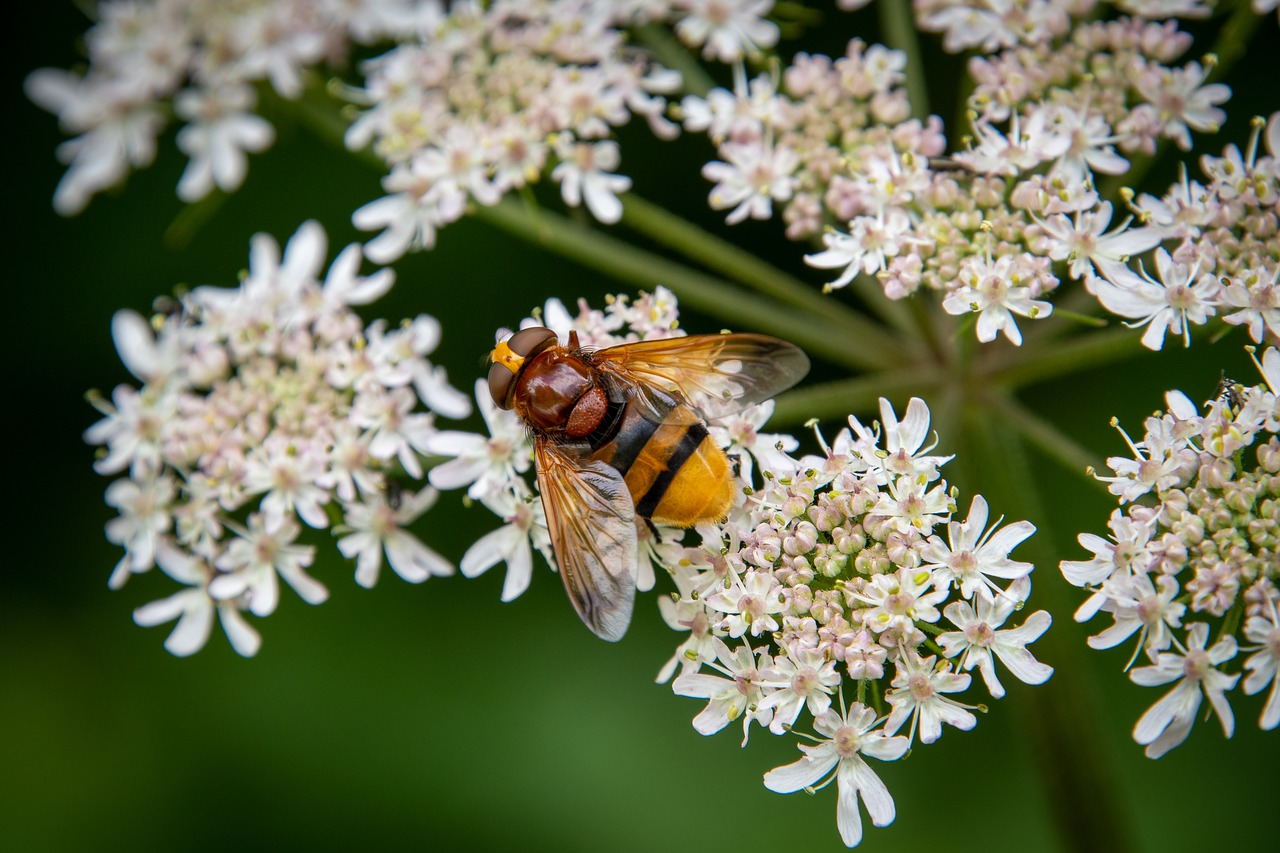
Beneficial Insects: Insects & Other Animals in the Garden
This article will give you an overview of beneficial insects in the garden and what they eat. This will enable you to assess their role in your garden and better judge whether control is necessary. We also provide tips on how you can encourage beneficial insects in your garden.
This Article Contains:
- Beneficial Insects & Pests in the Garden
- Insects: Beneficial Insects Against Aphids, Spider Mites & Co.
- Arachnids as Beneficial Insects
- Mammals as Beneficial Insects
- Birds as Beneficial Insects in the Garden
- Reptiles: Slow Worms as Beneficial Insects
- Amphibians: Examples of Beneficial Organisms
- Encourage Beneficial Insects in the Garden: Tips
- Frequently Asked Questions About Beneficial Insects
Quick Overview
Promote Beneficial Insects in the Garden
- A diverse range of food
- Nesting opportunities
- Cover from enemies
- Protection from the cold season
- No use of toxic pesticides
- Diverse native plants (trees, hedges, shrubs and flowering plants)
- Diverse small structures (e.g. a pile of dead wood, loosely stacked stones, leaves left lying around, etc.)
Beneficial Insects & Pests in the Garden
There are no "pests" in nature, because every little animal, no matter how small, fulfills its purpose and is part of the food network. Normally, aphids & co. are kept in check by their natural predators (= "beneficial insects"). Only when a functioning ecosystem gets out of balance can an overpopulation of a particular species occur. This happens, for example, through the use of insecticides and pesticides, which not only harm the "pests" but also their predators. If these are missing as a regulatory unit, pests can multiply en masse and prey on our crops. Beneficial insects can therefore help to maintain a healthy balance in the garden and protect our crops.
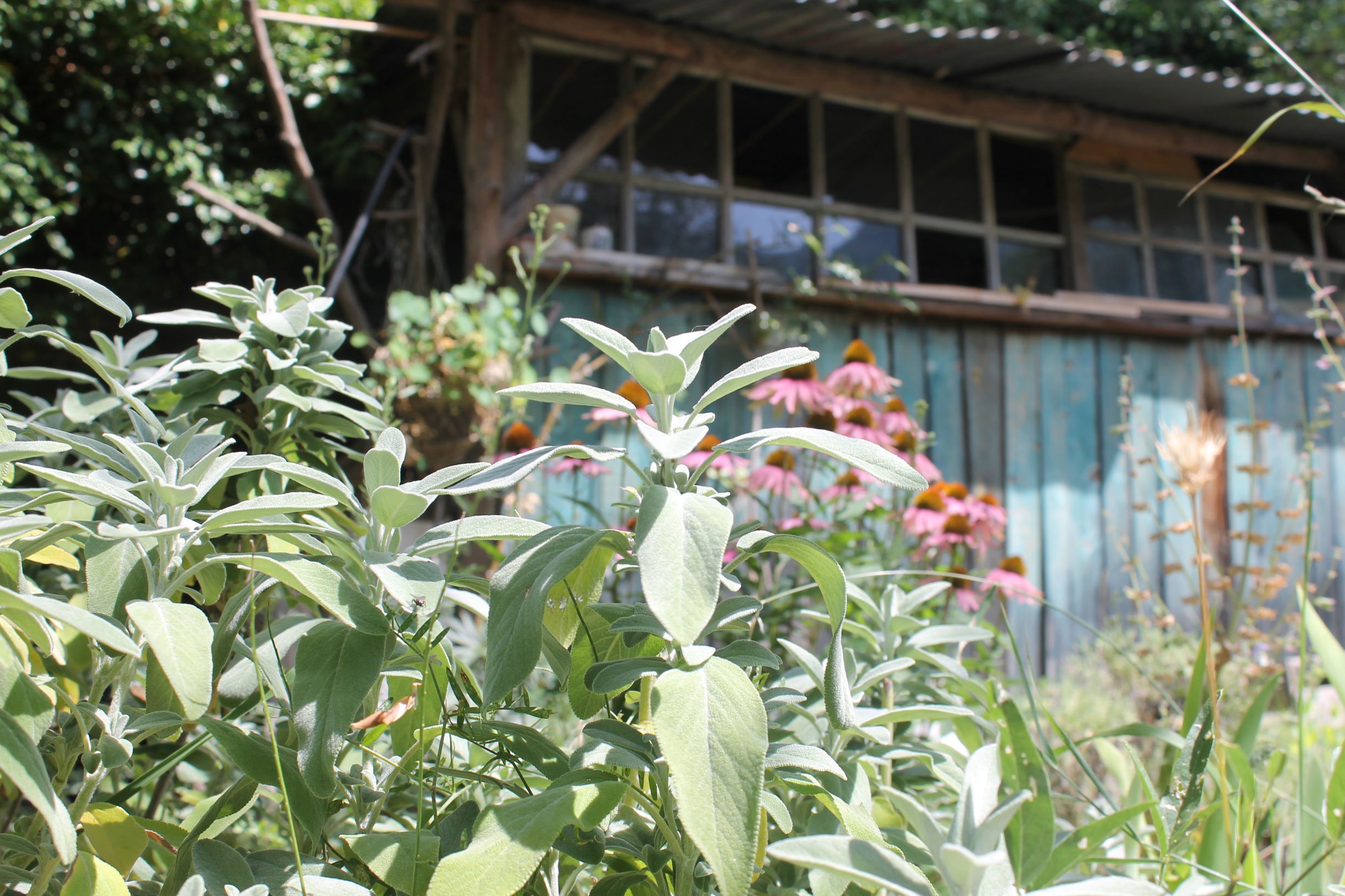
If you want to work successfully with beneficial insects as a gardener, you first have to recognize your little helpers. Many of them resemble their harmful relatives and can therefore be easily confused. A certain tolerance towards pests is also necessary, as pests are an indispensable source of food for beneficial insects. Beneficial insects would never completely eliminate their food source and neither should we. The general rule is: first observe & inform, then act! You can find out more tips on Recognizing, Preventing and Combating Plant Pests in the Garden in this article.
Insects: Beneficial Insects Against Aphids, Spider Mites & Co.
Ladybugs as Beneficial Insects Against Aphids
Mostly red, but can also be yellow or other colors. The seven-spot ladybug is native, but the spots can vary in number and size. An adult beetle eats 100 - 150 aphids a day. The larva can consume 400 - 800 aphids by the time it pupates. After hibernation, ladybugs are particularly hungry and clean up the garden. So when the first aphids appear in spring, be patient and observe whether the ladybugs become active in the garden. The larvae hatch from yellow, vertically positioned eggs. They are dark grey-blue in color and have orange-yellow spots.

Learn All About Pests in the Garden
Here you will find an overview of insects in the garden that can harm your plants. You'll learn all about the symptoms of an infestation and what you can do about it.
Read More NowLacewing Against Aphids and Spider Mites
Delicate insects with transparent green-blue veined wings and golden eyes. Adult lacewings feed mainly on honeydew and water, but also on aphids and small insects when they are very hungry. The brownish larvae grab aphids, spider mites, scale insects and blood lice with their pincer-like jaws. In winter, the adult lacewings look for sheltered corners in cool sheds, so that they are not disturbed, the big clean-up can be postponed until spring, when the elfin insects float out into the open again.
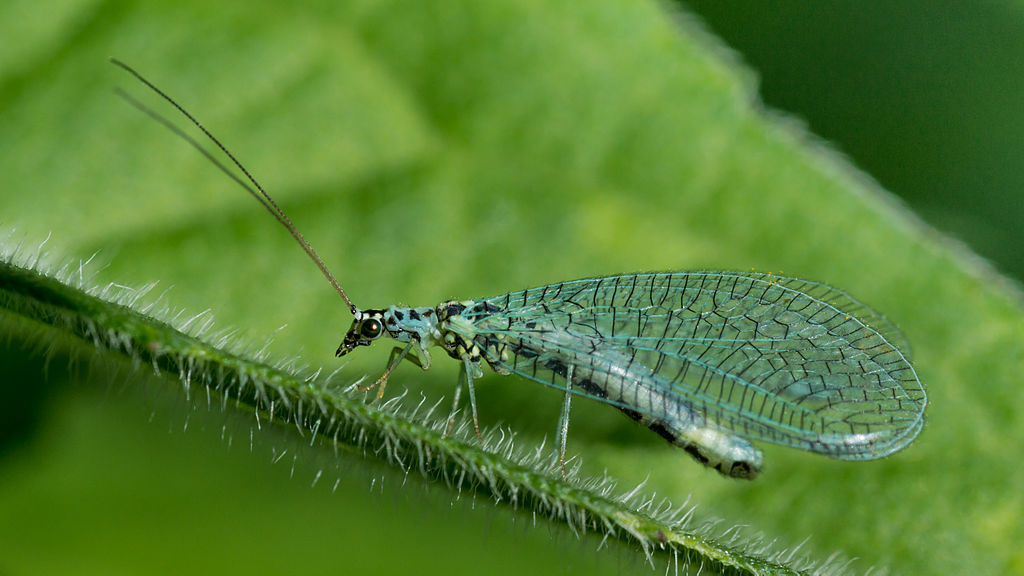
Hoverfly as a Beneficial Insect
They have a black and yellow pattern and are easily recognized by their fast, silent flight. They can flap their wings so quickly that they literally stop in mid-air. Their lightning-fast zigzag movements are also characteristic. The white-yellowish larvae look like maggots and feed on aphids. Hoverflies therefore like to lay their eggs in aphid colonies in spring. Adult hoverflies feed on pollen and honey and play an important role as pollinators.
Tip: Umbellifers (e.g. dill, chervil, wild carrot) attract hoverflies.
Earwig: Predators Against Pests
These small creepy-crawlies have the unjustified reputation of nesting in human ear canals. At most, they use their pinching tools to scare off predators and defend their offspring. In the garden, they can actually be quite helpful, as the nocturnal predators exterminate aphids and other insects. They are particularly popular for protecting fruit trees.
Tip: Flower pots stuffed with wood wool or straw can easily be used to provide them with shelter. These are then hung in the trees so that they still have contact with branches or forks, making it easier for the earwigs to get in and out. They can then hide in the small burrows during the day and hunt directly on the spot at night.
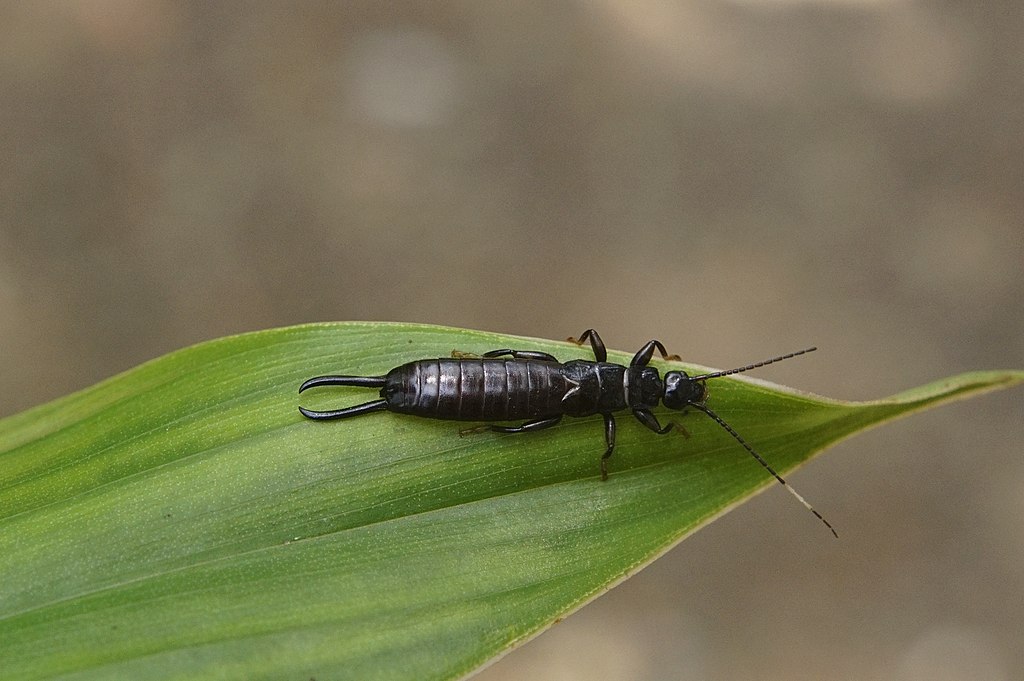
Ichneumon Wasp Against Cabbage Whitefly & Onion Fly
These insects are much smaller and have a narrower abdomen than their stinging relatives. There are many different species, but they are all completely harmless to humans. Ichneumon wasps can be recognized by their characteristic wasp waist and the long stinger on their abdomen. They use this, for example, to "drill into" lice in order to lay their eggs. The larvae eat their host from the inside and then overwinter pupated in the hollow louse. Some species specialize in the webworm moth, the caterpillars of the cabbage whitefly or the pupae of the onion fly.
Tip: In the garden, look out for the aphid mummies in which the wasps overwinter and preserve them. To do this, simply look closely at infested plants; hollow aphids can be easily distinguished from live ones on closer inspection. It is best to leave the affected plants undisturbed. Tree cuttings and herbaceous growth under shrubs also provide valuable shelter. Umbellifers provide sufficient food.
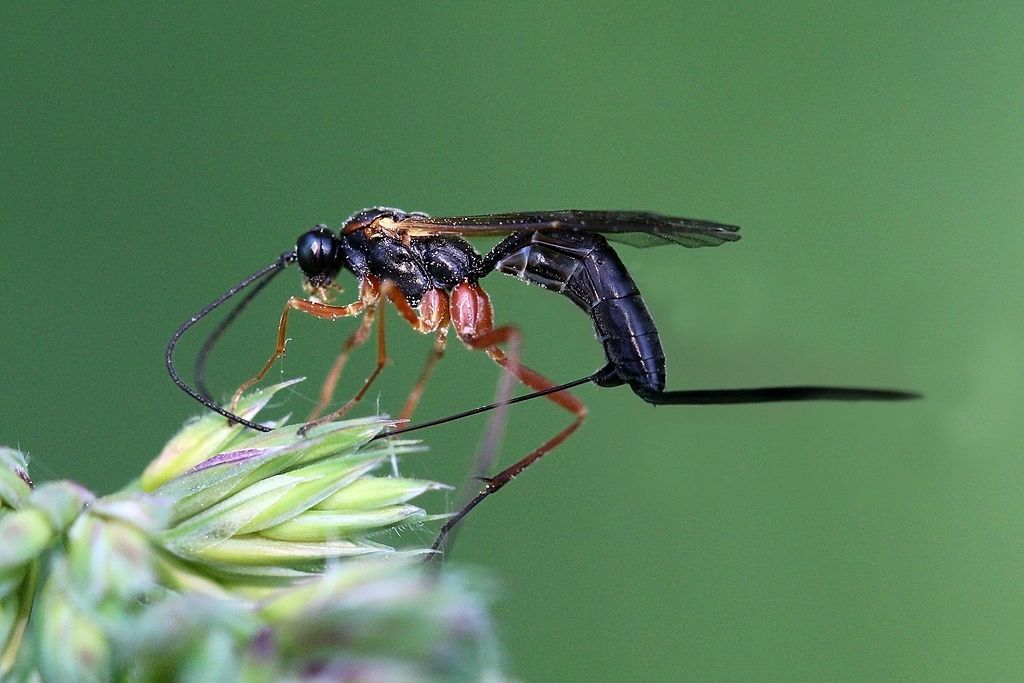
Predatory Bugs Against Pests
Bedbugs in the wild have nothing to do with the dreaded bedbugs. There are many different predatory bugs that feed on pests. They have a flat body structure, leathery, sometimes colorful wing covers and proboscis-shaped sucking and piercing organs. Flower bugs and soft bugs are among the most important beneficial insects. They eat spider mites, aphids and smaller caterpillars.
Ground Beetles Against Colorado Potato Beetles and Wireworms
There are countless species, including the golden ground beetle and the pupal predator. They can be recognized by their metallic, green-gold and bronze-coloured wings and their long, strong legs. Ground beetles and their larvae are large predators and prey on snails (eggs), potato beetles (larvae), wireworms, pupae, caterpillars, aphids and mites at night. Moist places under leaves, wood or stones serve them as shelter.
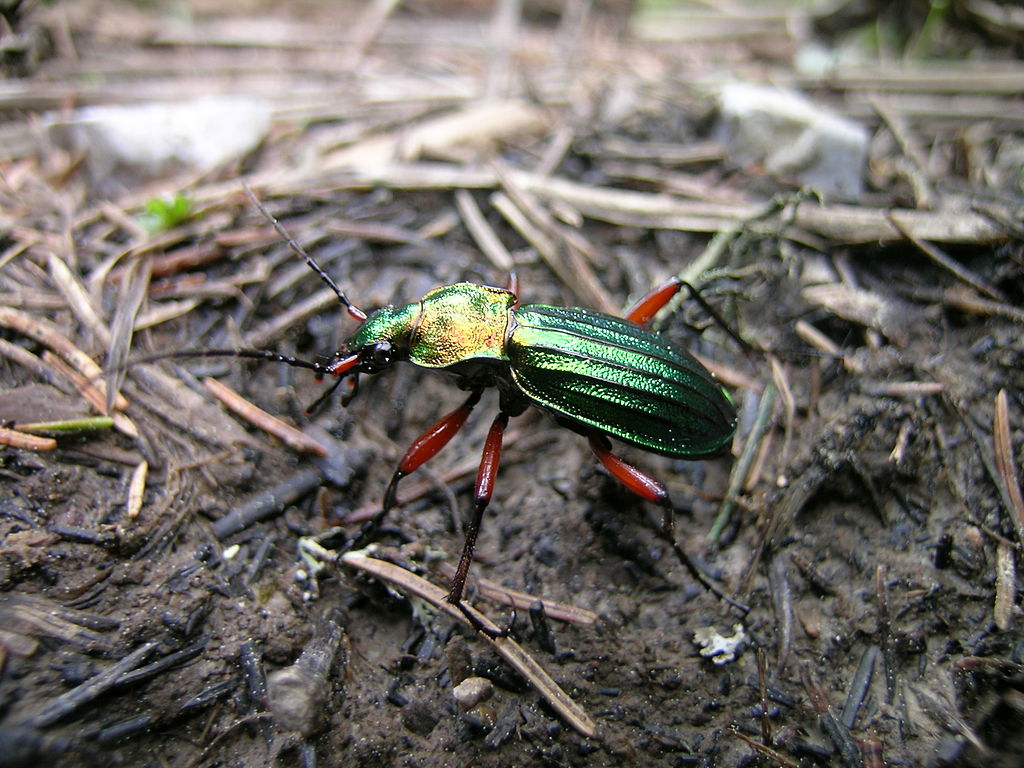
Arachnids as Beneficial Insects
Predatory Mites Against Spider Mites
Predatory mites are arachnids, are only about 0.5 mm/0.02 in in size and sit on the underside of leaves. They resemble their harmful relatives, the spider mites. Unlike these, however, they do not produce a web, making them easy to distinguish. The predatory mite Phytoseiulus persimilis is specially bred for biological pest control in order to get the red spider mite (= fruit tree spider mite) under control.
Spiders
There is a huge variety in the realm of spiders: cross spiders, jumping spiders, wolf spiders - the list is long. Some build webs, others live on the ground and they also differ greatly in size and shape. However, they all have eight legs in common. Many people dislike them because of their appearance, but they are always welcome in the garden. Spiders are among the most successful pest hunters! They catch flies, moths, beetles, caterpillars, bugs and aphids. Ground cover plants, wild herbs and natural stone walls provide them with a habitat.
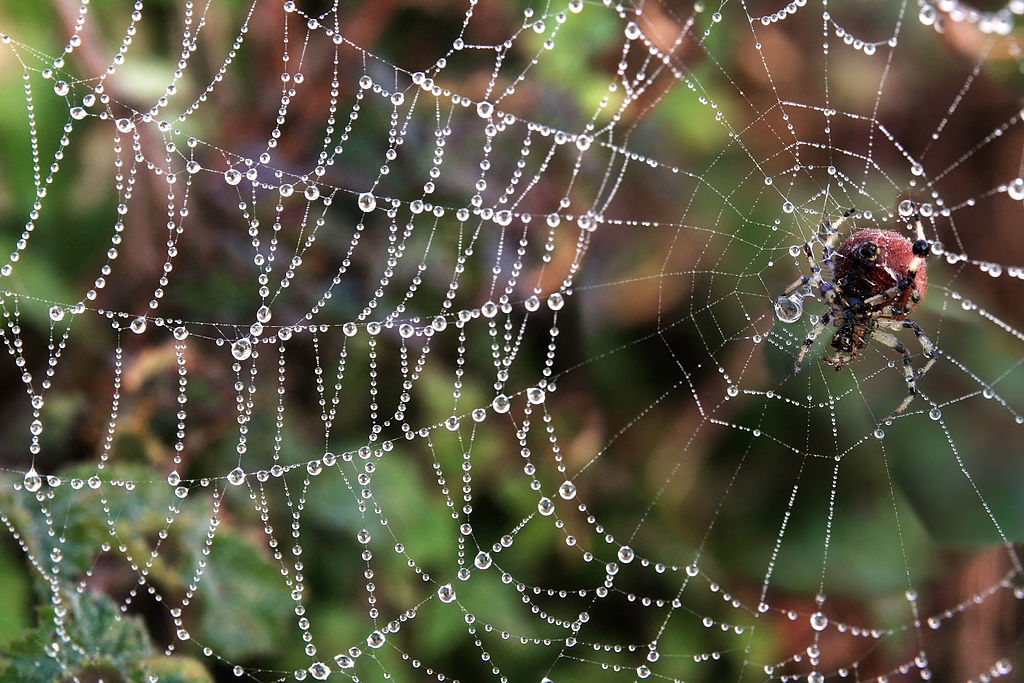
Mammals as Beneficial Insects
Bats Against Insects
The insectivores have a flight skin that is stretched between their torso and limbs. They are nocturnal and can use ultrasound to find their way in the dark. They spend the cold season in hibernation, hanging upside down from the ceiling. As beneficial insects, they eat nocturnal moths such as fruit tree moths, owl moths, moths and gnats. The most effective way to protect bats is to provide them with hiding places in open attics or tree hollows and then leave them alone.
Hedgehogs as Beneficial Insects Against Grubs & Co.
These prickly four-legged friends are among the more likeable of the beneficial insects. The offspring are usually born in spring. The hedgehog family then stays together until the fall and goes hunting together at dusk. Hedgehogs spend the winter curled up in an undisturbed nest. Their metabolism is reduced to a minimum and they only breathe two to three times a minute. They feed on snails, grubs, worms, caterpillars, mice and even snakes. However, they are not averse to strawberries and apples either. To protect them, you can simply leave an undisturbed corner under bushes where leaves and prunings are left. The hedgehogs can build a nest there and survive the cold winter.
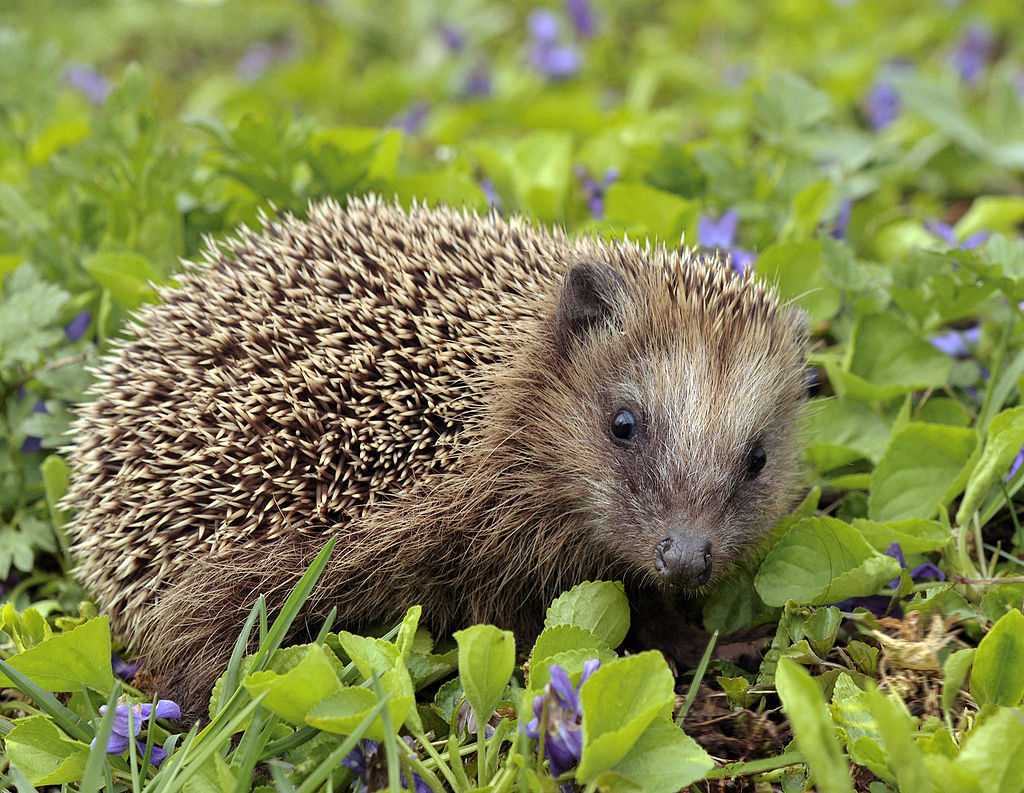
Moles
They have a velvety black-grey coat and can grow up to 17 cm/6.7 in long including their tail. They are characterized by their shovel-like digging paws, long snout and small, button-like eyes. Their burrowing activities make them unpopular with some gardeners, but they can also be useful to us. These industrious insect hunters eat mole crickets, larvae, pupae, grubs, slugs and even prey on the nests of voles. They have to eat as much food every day as they weigh themselves! Once a bed has been spoiled by molehills, the soil can be used for flower pots as it is loose and "pest-free". The rest is simply raked smooth again.
Shrews in the Garden
Are easily recognizable by their pointed snout, short tail and an unpleasant musky smell. Their back is gray-brown in color, but the belly is lighter. They do not eat plants and do not cause any other gnawing damage. Snails, insects, mole crickets and larvae are at the top of their menu. They have to eat their own body weight every night, so they are very active as beneficial insects. They like to hide under stones, piles of leaves, in bushes or in a hollow tree stump. Provide undisturbed places like these in the garden so that the mice can protect themselves from cats and other predators.
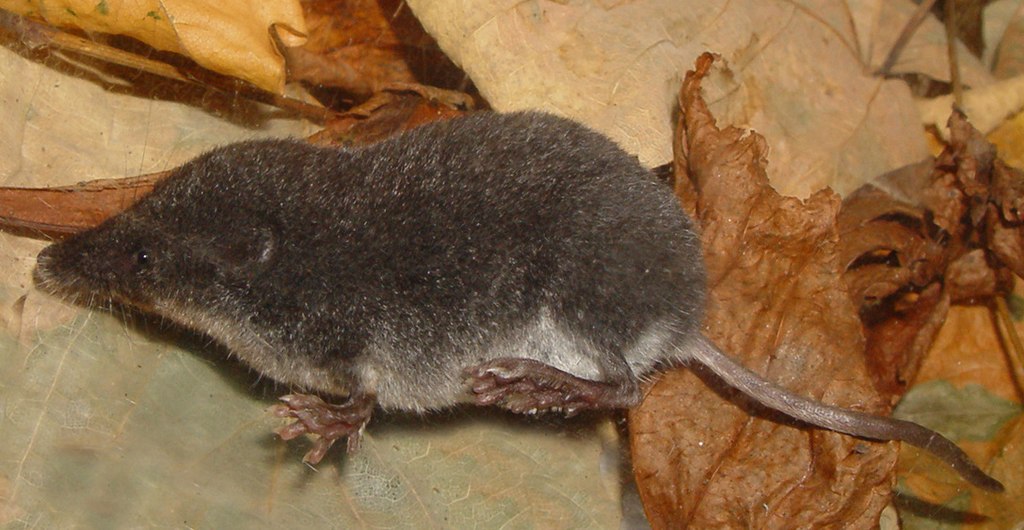
Birds as Beneficial Insects in the Garden
Many caterpillars, grubs, larvae and aphids are needed, especially when rearing offspring. Native hedges and shrubs offer birds roosting and nesting opportunities. You can also build your own nesting boxes for birds. Care should be taken to use only untreated wood and to leave the inside of the box rough-sawn to make it easier for the young birds to leave the cavity later. In addition, the boxes should not be painted with artificial colors, but only varnished with natural weatherproofing agents. Please also remember to leave an opening, as the nest boxes should be cleaned in the fall to prevent diseases from becoming established. The entrance hole should not face the weather (west), nor should the box be exposed to the blazing sun (south) for too long. Orientation to the east or south-east is therefore ideal. When placing the box, choose a location that is as quiet and cat-safe as possible. In harsh winters, a feeding place should be set up in the garden. You can find More Ideas for a Bird-Friendly Garden here in the article.
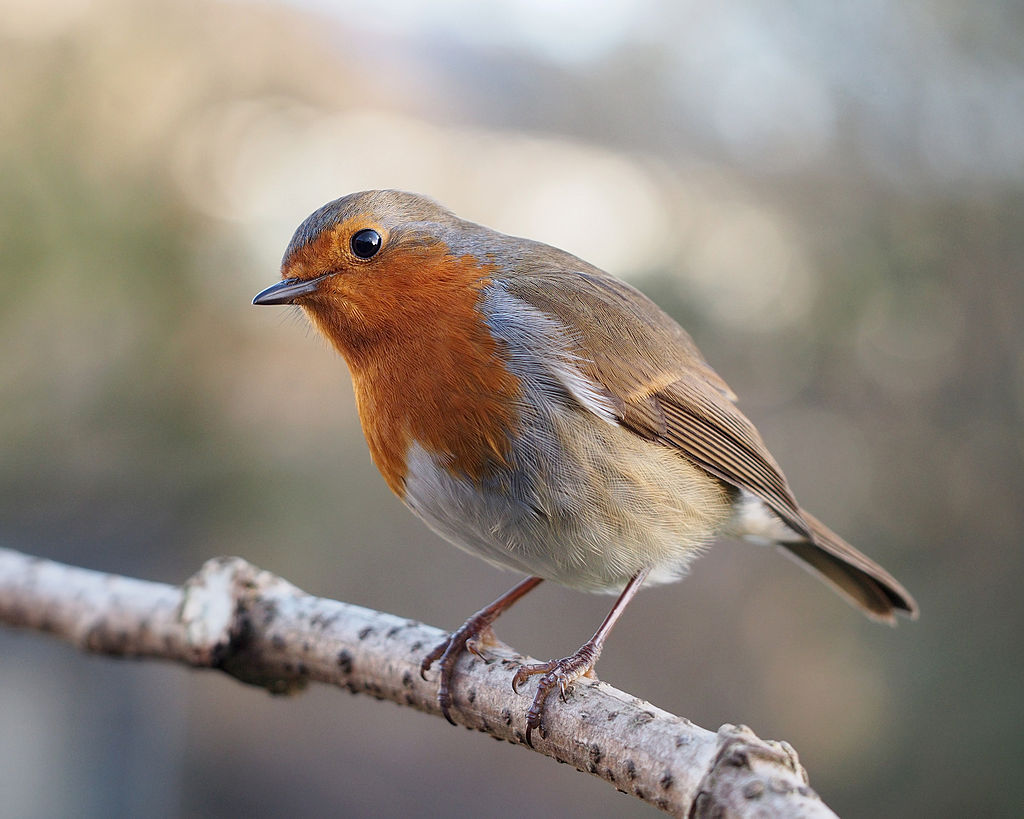
Reptiles: Slow Worms as Beneficial Insects
These are not snakes, but belong to the lizard family. Their snake-like body is gray-brown to copper-colored and black-striped on the back, the belly is darker. They love damp meadows and garden corners where they feed on worms, insects and slugs. For protection, undisturbed corners can be left by the compost and under decaying wood. They should also be kept away from curious pets.
Amphibians: Examples of Beneficial Organisms
Common Toads, Grass Frogs, Pond Frogs Against Snails
Common toads are brown in color and covered with warts, the eyes are large and golden in color. Grass frogs have a dark brown-spotted back, the belly appears lighter. The pond frog is greenish in color and is characterized by its sound bubbles, which it inflates like balloons to croak. Toads and frogs need a waterhole. Suitable conditions can be created for them with the help of ponds and wetland biotopes. Dense, moist vegetation along the banks provides them with optimal protection. Their favorite foods include slugs, worms, woodlice and other insects.
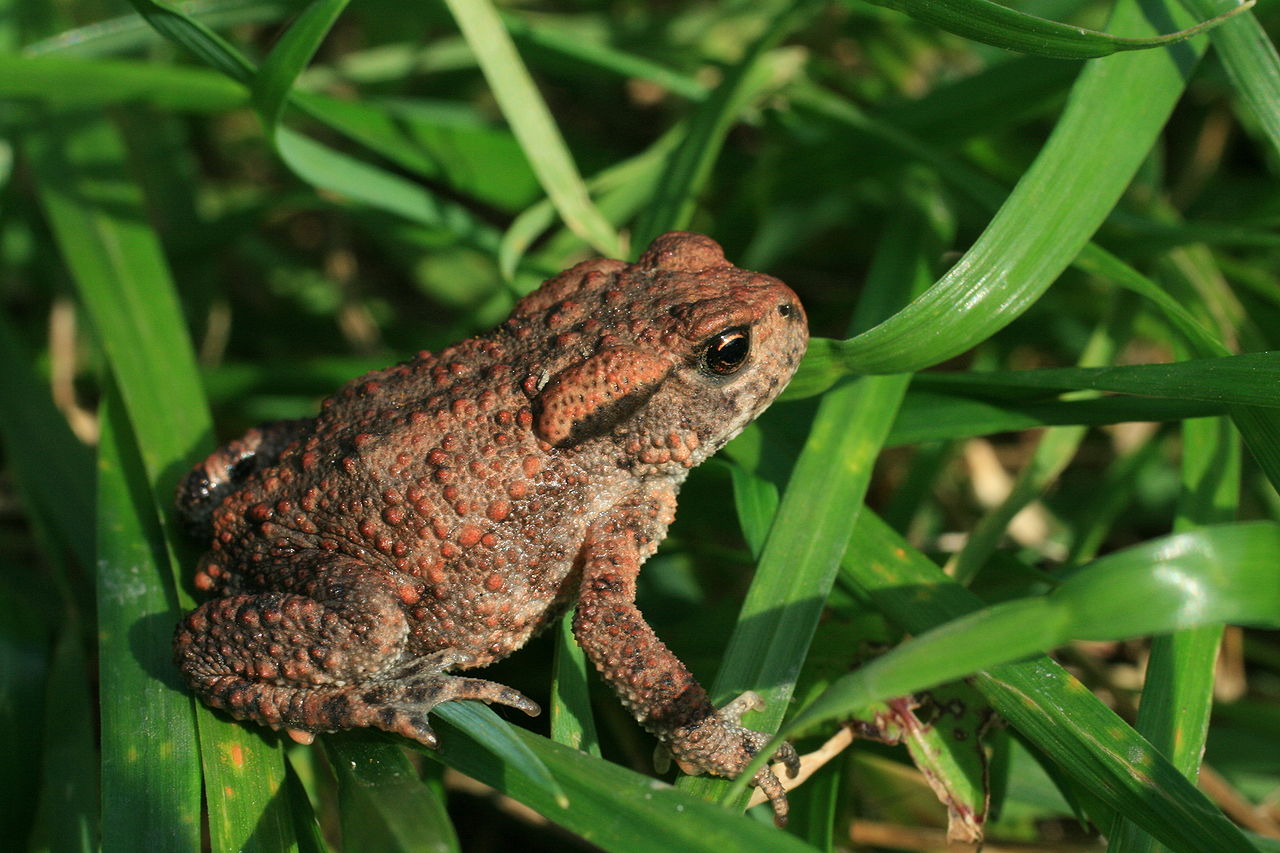
Encourage Beneficial Insects in the Garden: Tips
A wealth of different plants and structures creates valuable habitats for a variety of insects, birds and mammals. Creating this wealth of structure in the garden couldn't be easier. Many things that most people would normally dispose of can still be useful for native wildlife:
- a pile of dead wood (Benjes Hedge)
- loosely piled stones
- clippings
- leaves left lying around (or piled up in heaps)
Different trees, hedges, shrubs and flowering plants also offer new niches and food sources for useful garden inhabitants. You can find out which Shrubs in the Garden Are Particularly Useful for Humans and Animals here.
If you grow vegetables, you should plant a Diverse Mixed Culture of Vegetables, Herbs and Flowers instead of monocultures. Flowering plants attract insects with their scent and bright colors and provide them with food and habitat. As soon as you have lots of insects in your garden, the larger, hungry beneficial insects will come of their own accord.
If you are a handyman, you can also build nesting aids or insect hotels. A classic nesting aid for wild bees are, for example, drilled hardwood discs made of oak or beech (no softwood!). The drill holes should have a diameter of 2 - 8 mm/0,08 - 0,3 in. Reeds or woody stems of shrubs and bushes also provide a welcome nursery for wild bees. The stems can simply be tied together in a bundle or placed in a tin can. Then simply attach the nesting aids to a sunny, rain-protected wall with the opening facing forward - done! The little pollinators will soon be nesting in their new home.
As beautiful as home-made nesting boxes are, they unfortunately only support a fraction of the existing diversity of wild bees. Most species actually breed underground and can do little with an insect hotel. They can be helped, for example, by preserving open (sand) areas in the garden that are not disturbed too much.
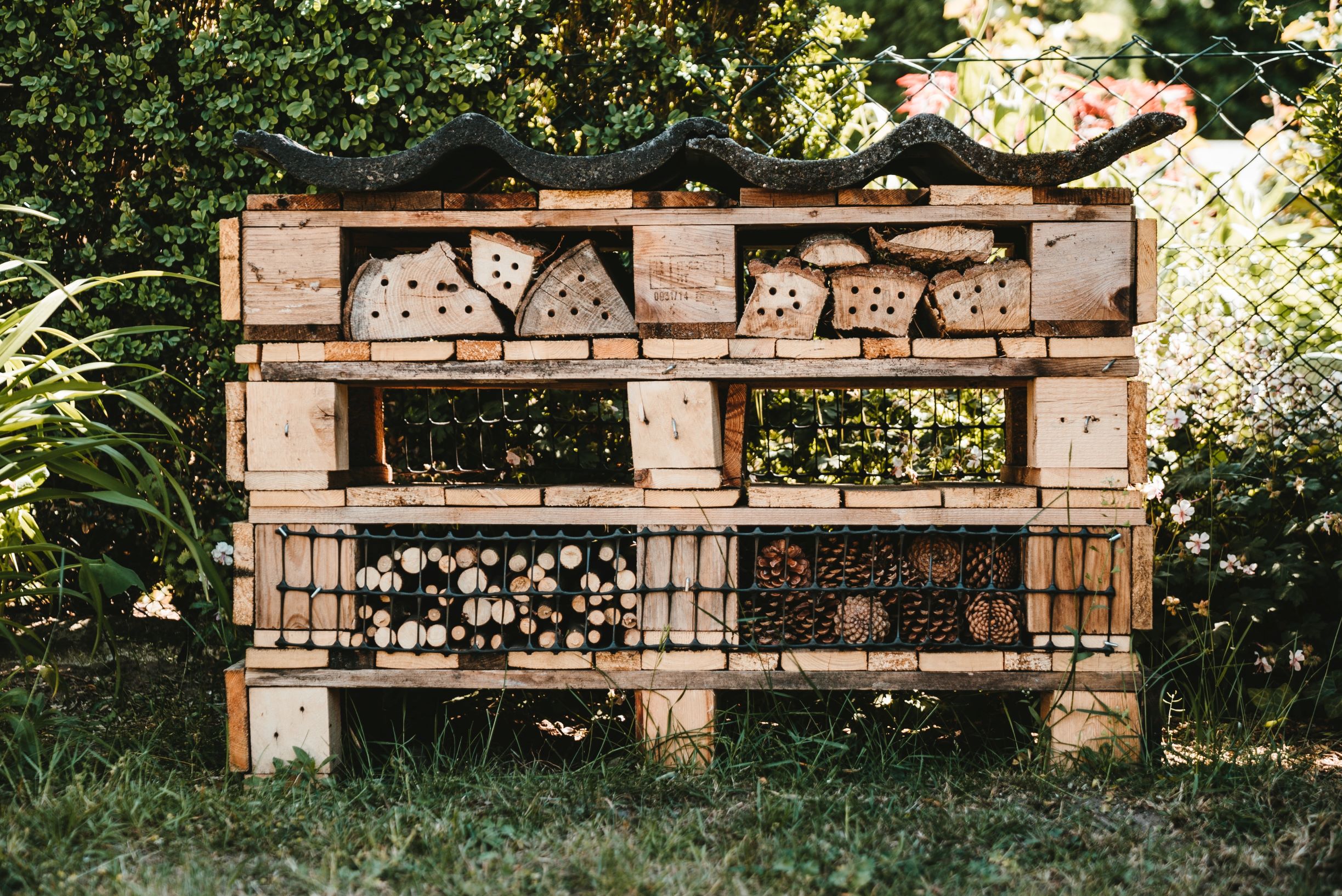
We hope that this article has made it clear how important a wide variety of beneficial insects are for the ecological balance in the garden. With a little patience, toxic pesticides can be dispensed with, because as Goethe already recognized: "In nature there is an eternal up and down of beneficial insects and pests. Let them all be, and the one will devour the other".
If you have any questions or comments, please write to us at magazin@fryd.app.
Would you like to receive helpful gardening tips all year round and plan your own beds optimally? Then register here or download the Fryd app for Android or iOS.
Fryd - Your digital bed planner
Cover picture: Hoverfly by dendoktoor on pixabay.
Annabell
Current Topics in the Community
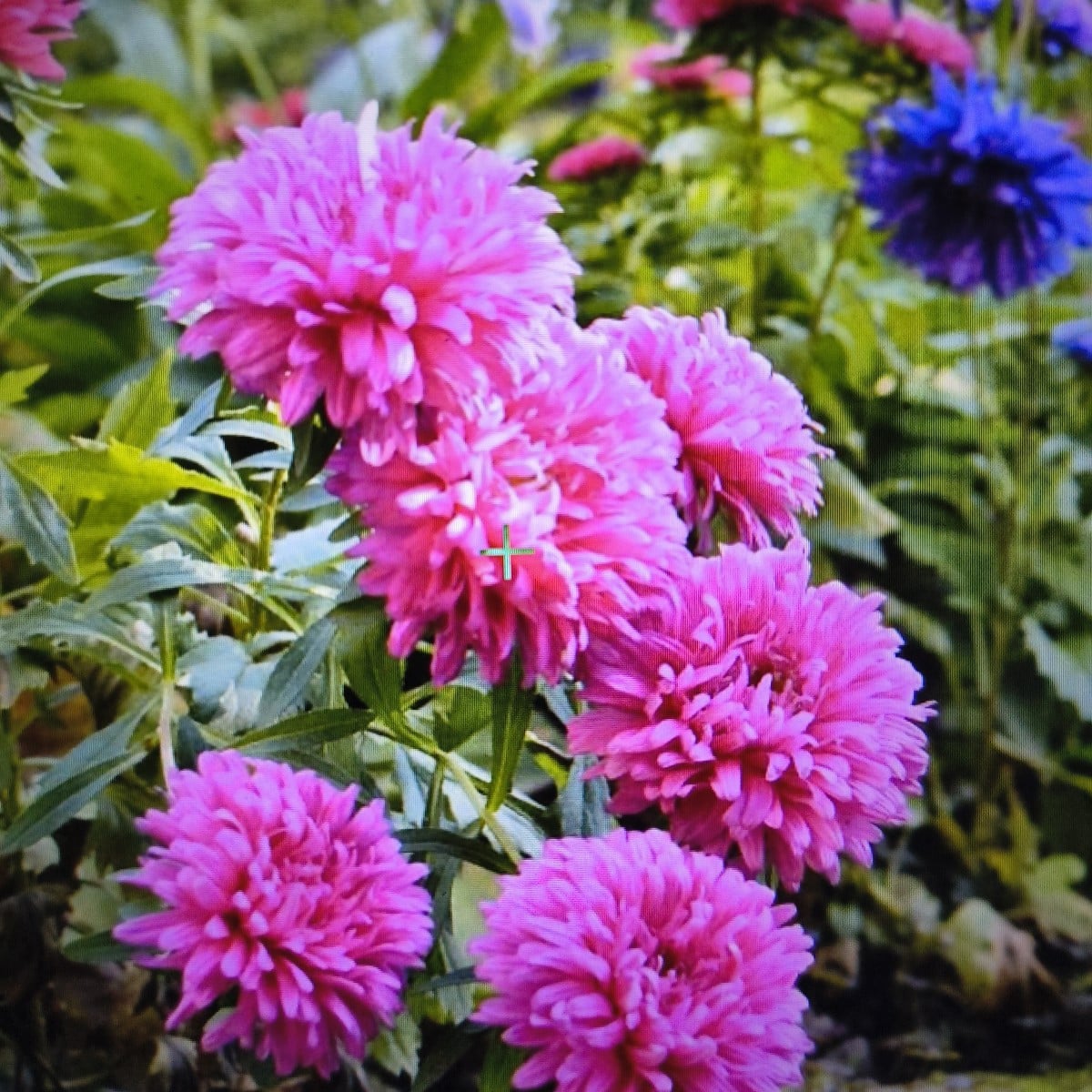
This is my new post on fryd
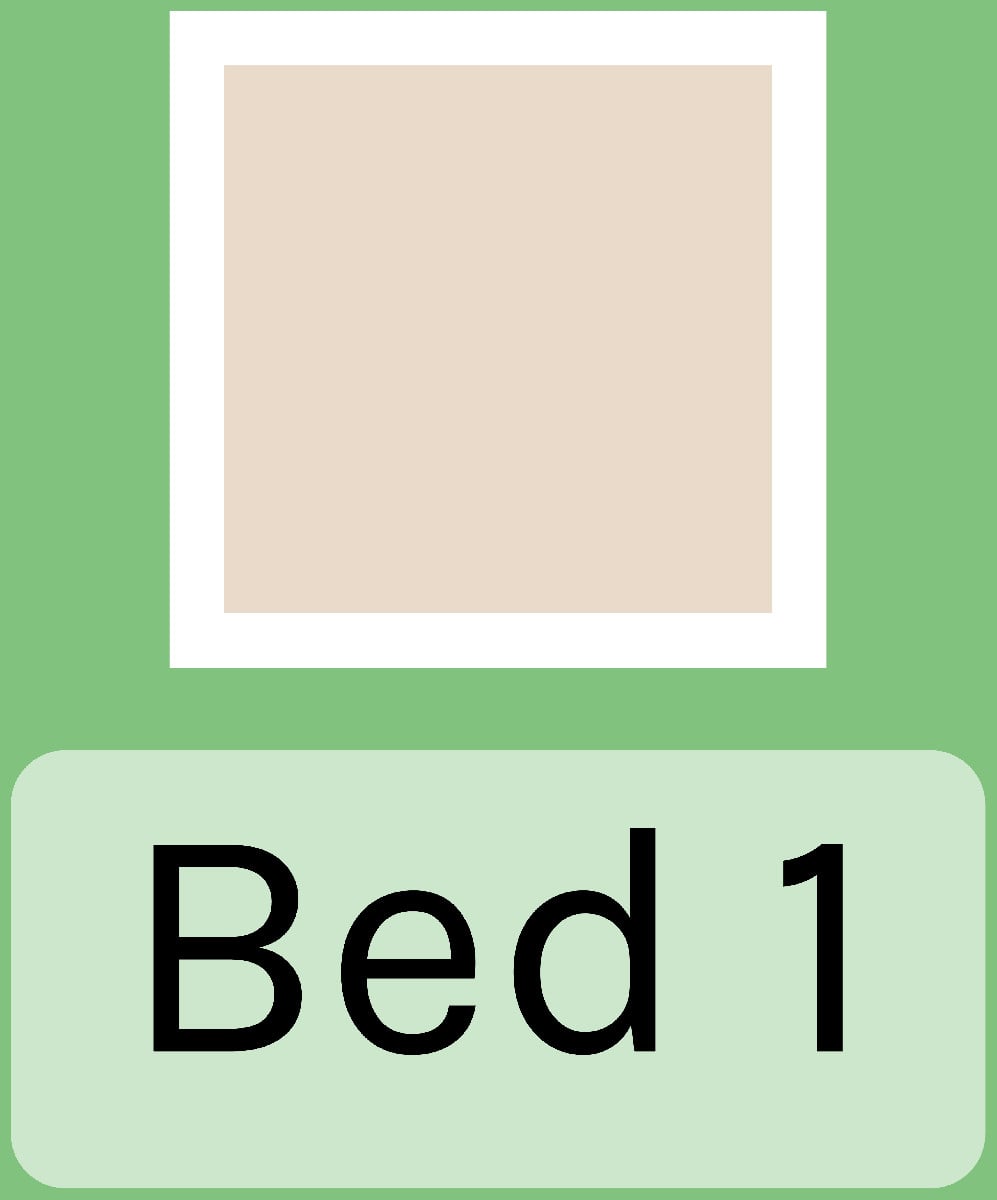
My plan shere in community
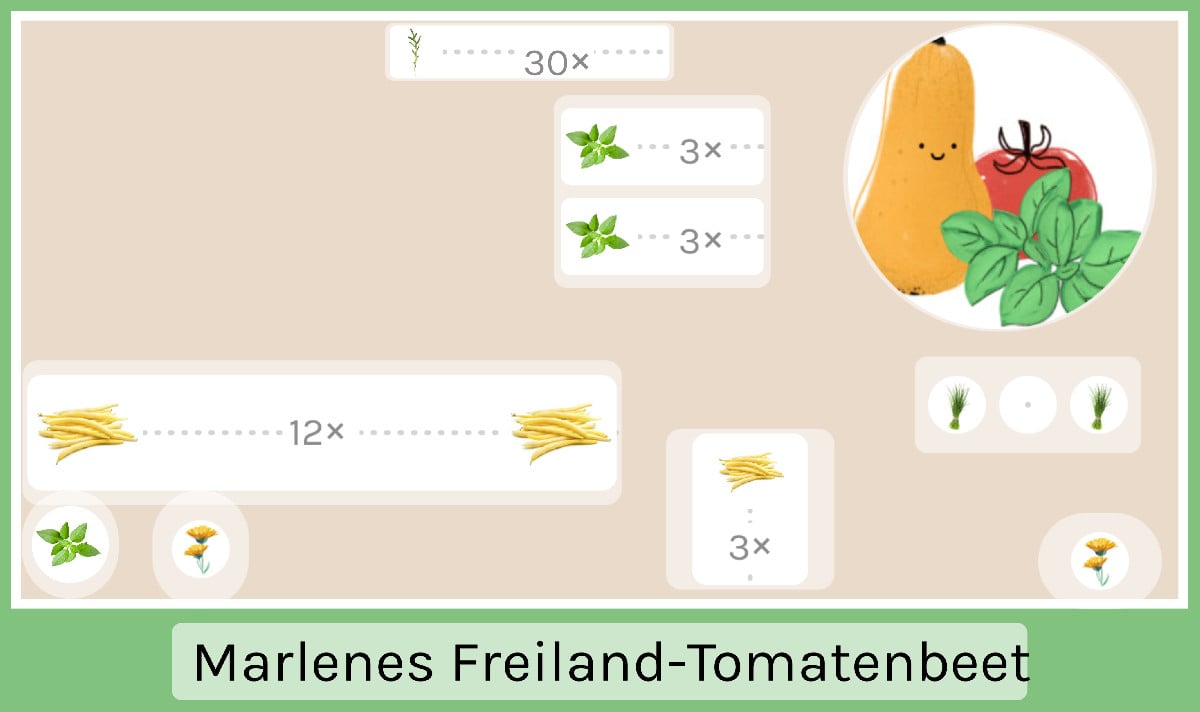
Hi
Popular Articles
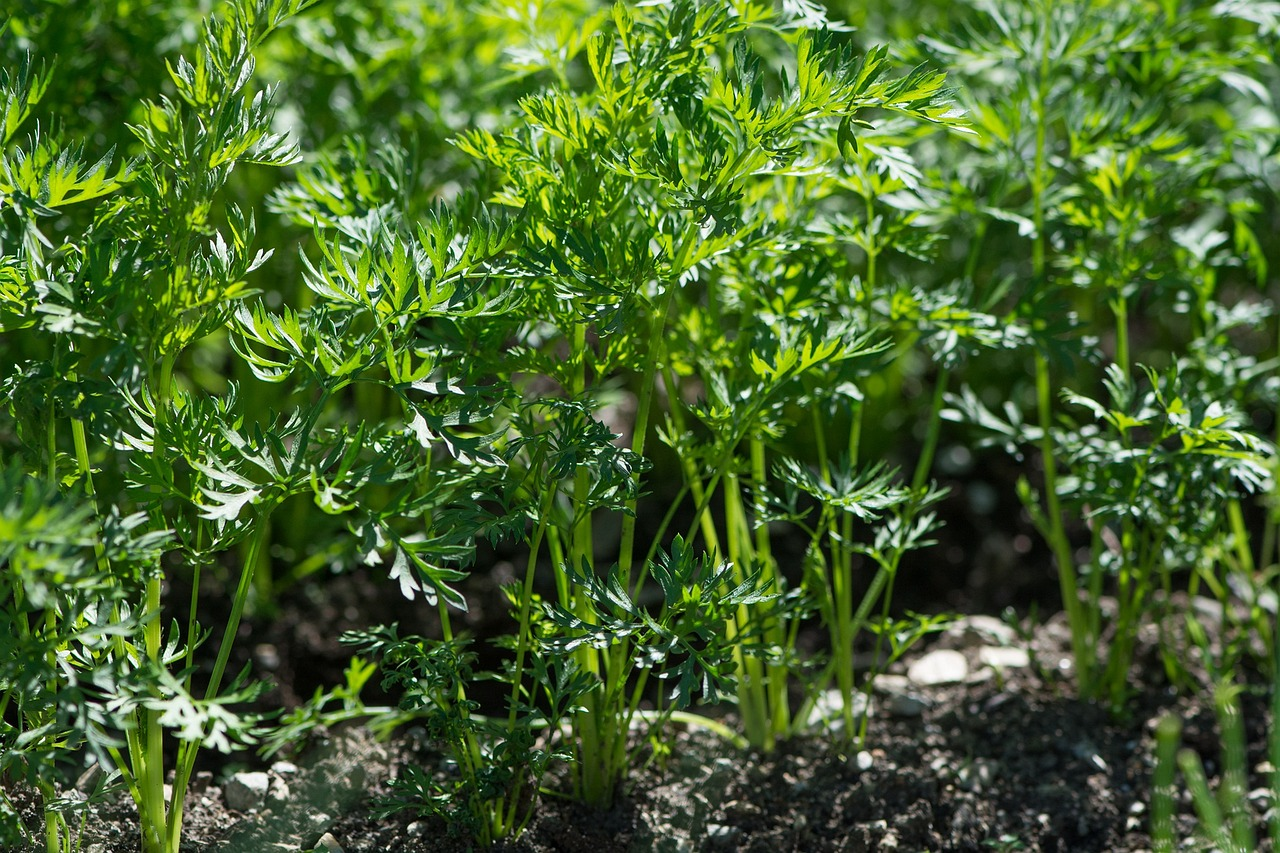
Companion Plants for Carrots: What (Not) to Plant With Carrots
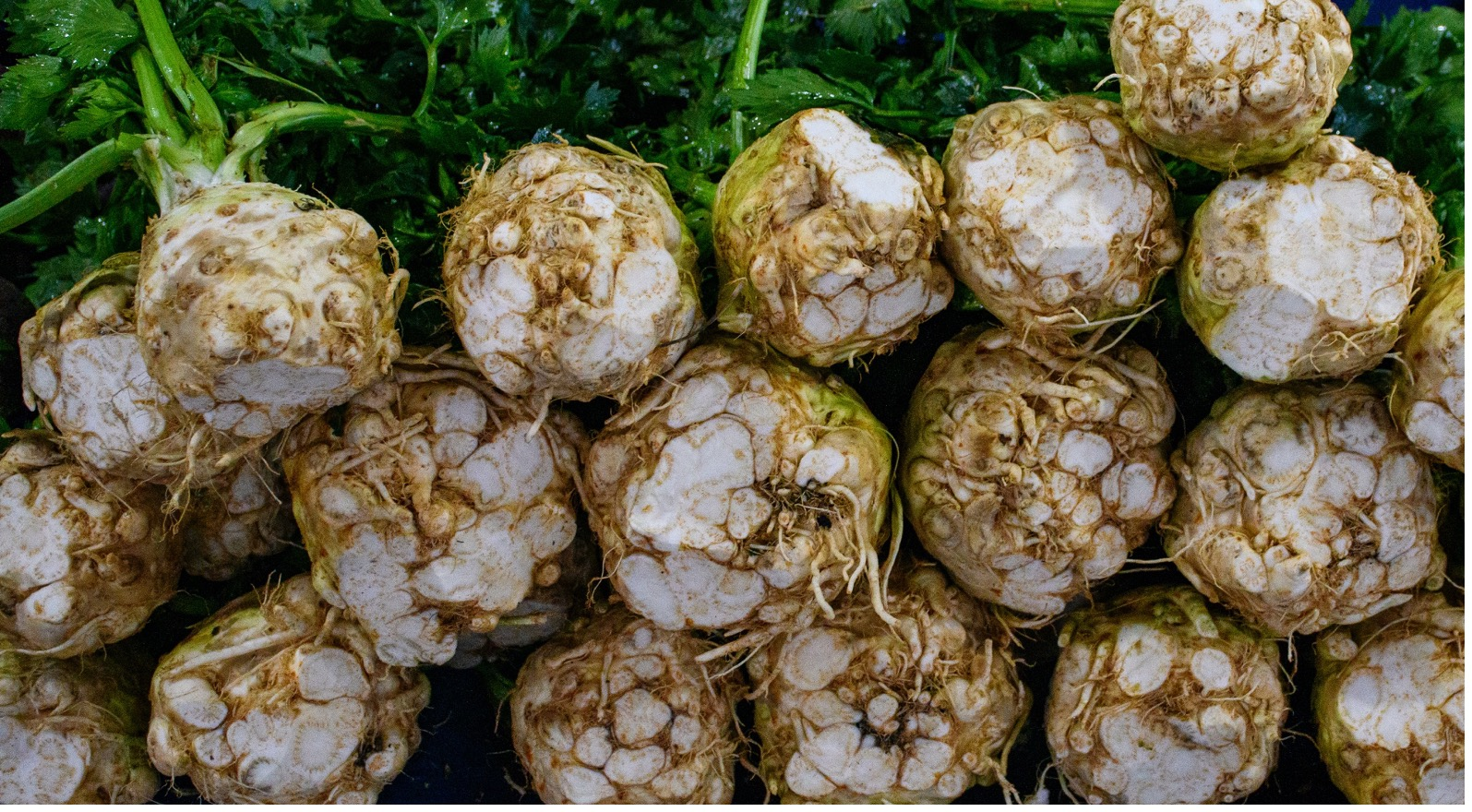
Companion Plants for Celery : What (Not) to Plant With Celery?
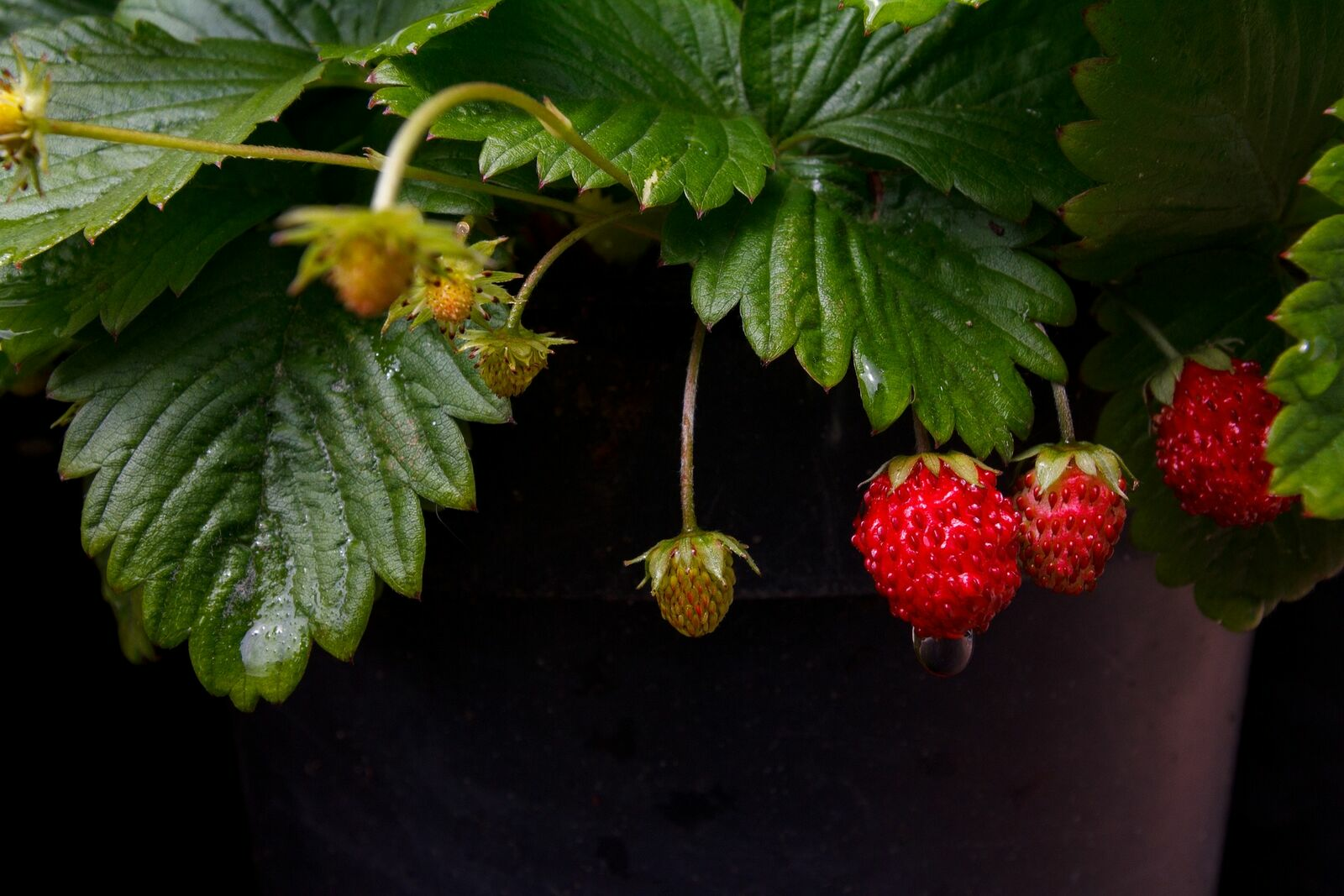
Strawberry Types: List of Best Strawberry Varieties
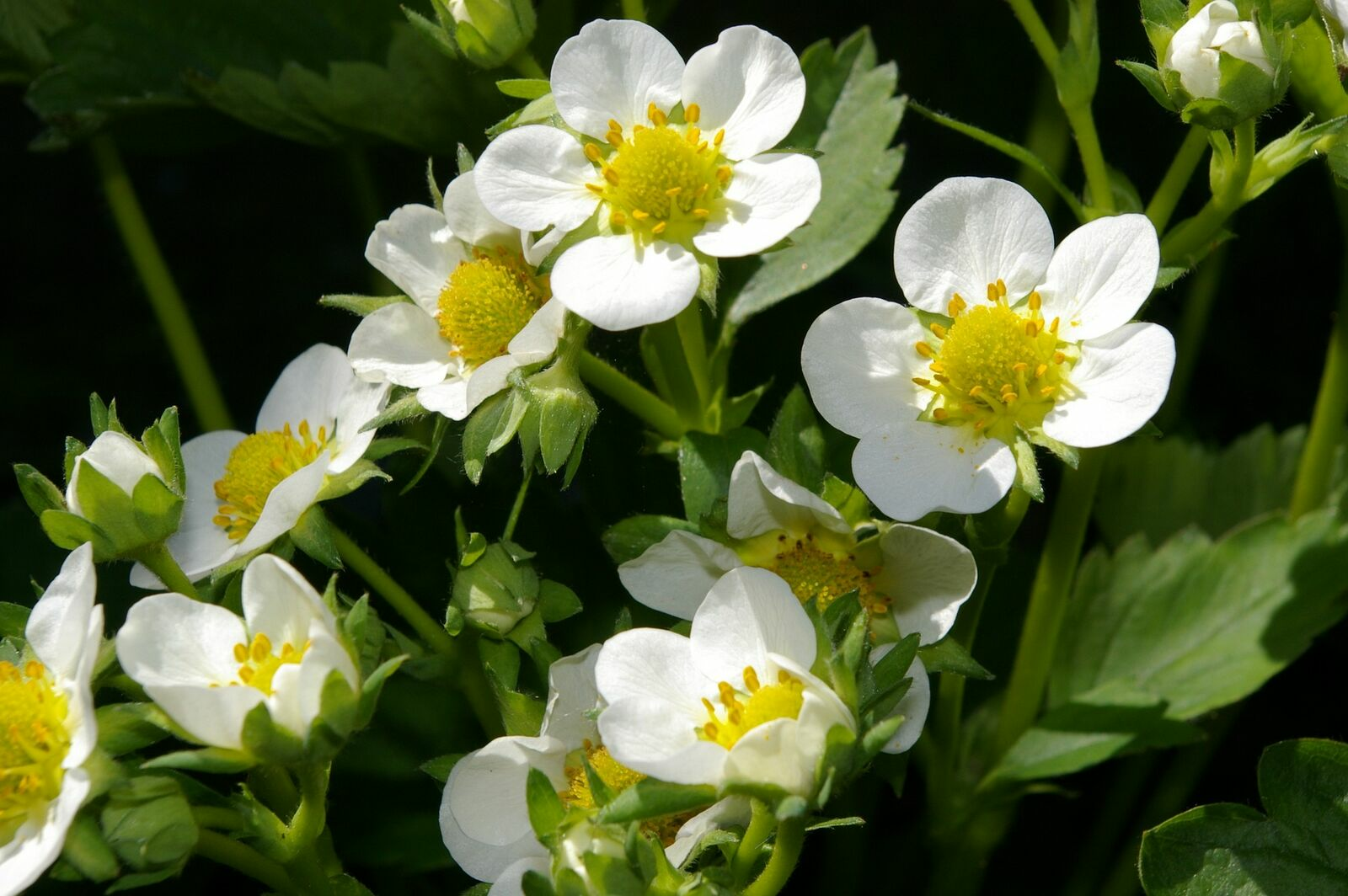
Companion Planting With Strawberries: Companion Plants and Planting Plan
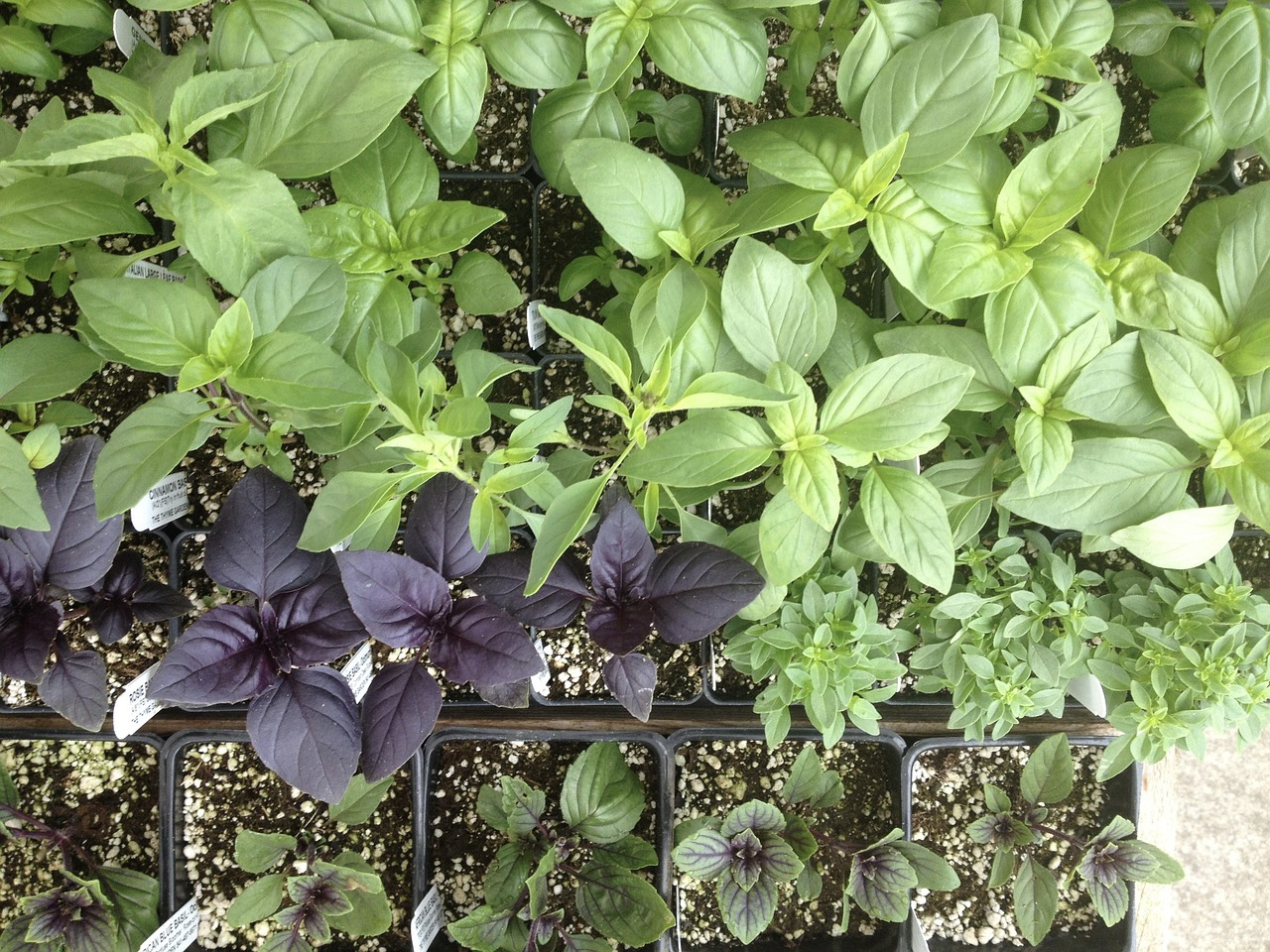
Basil Varieties & Types at a Glance
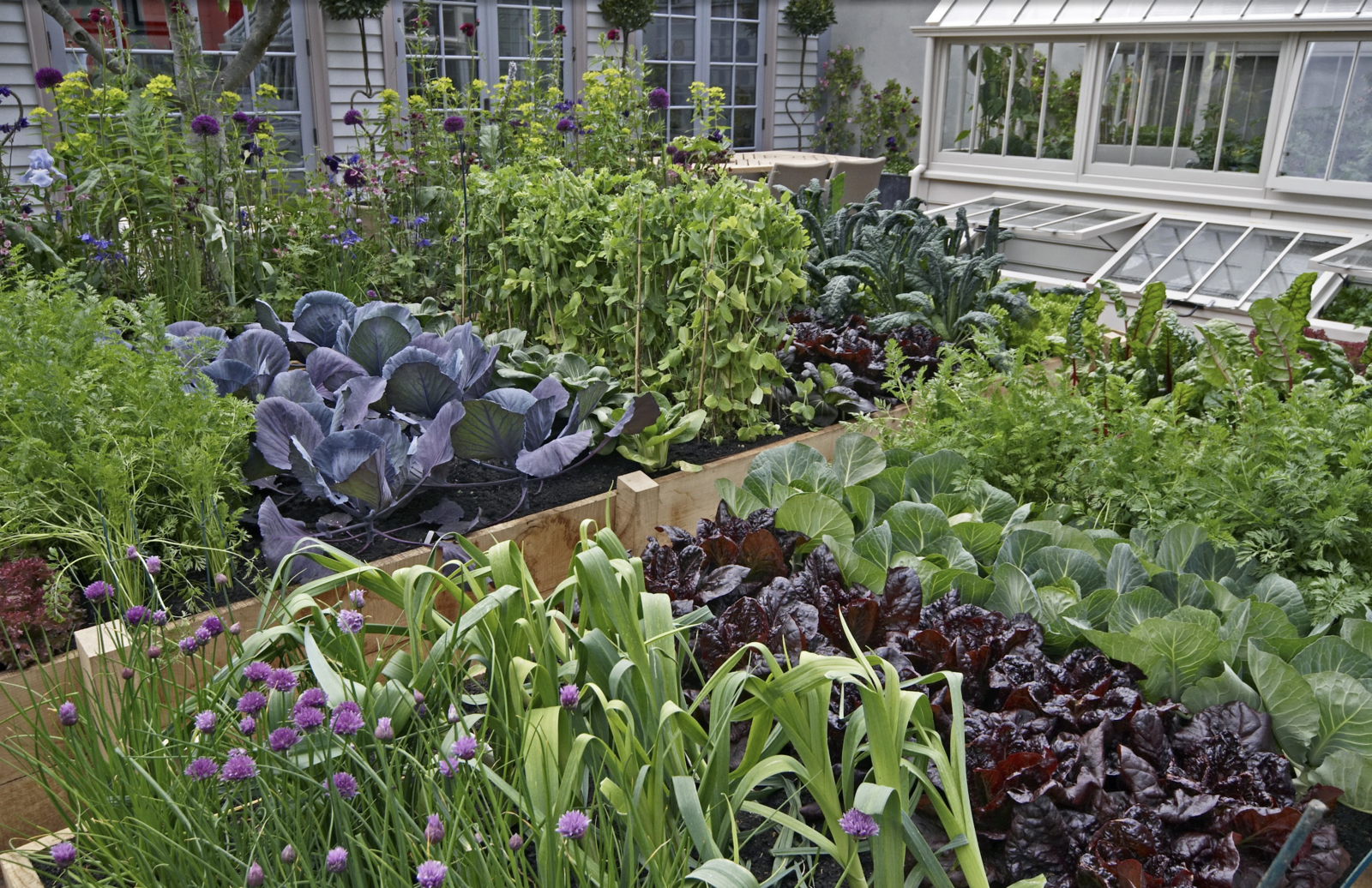
What to Plant With Cabbage: Good and Bad Companion Plants
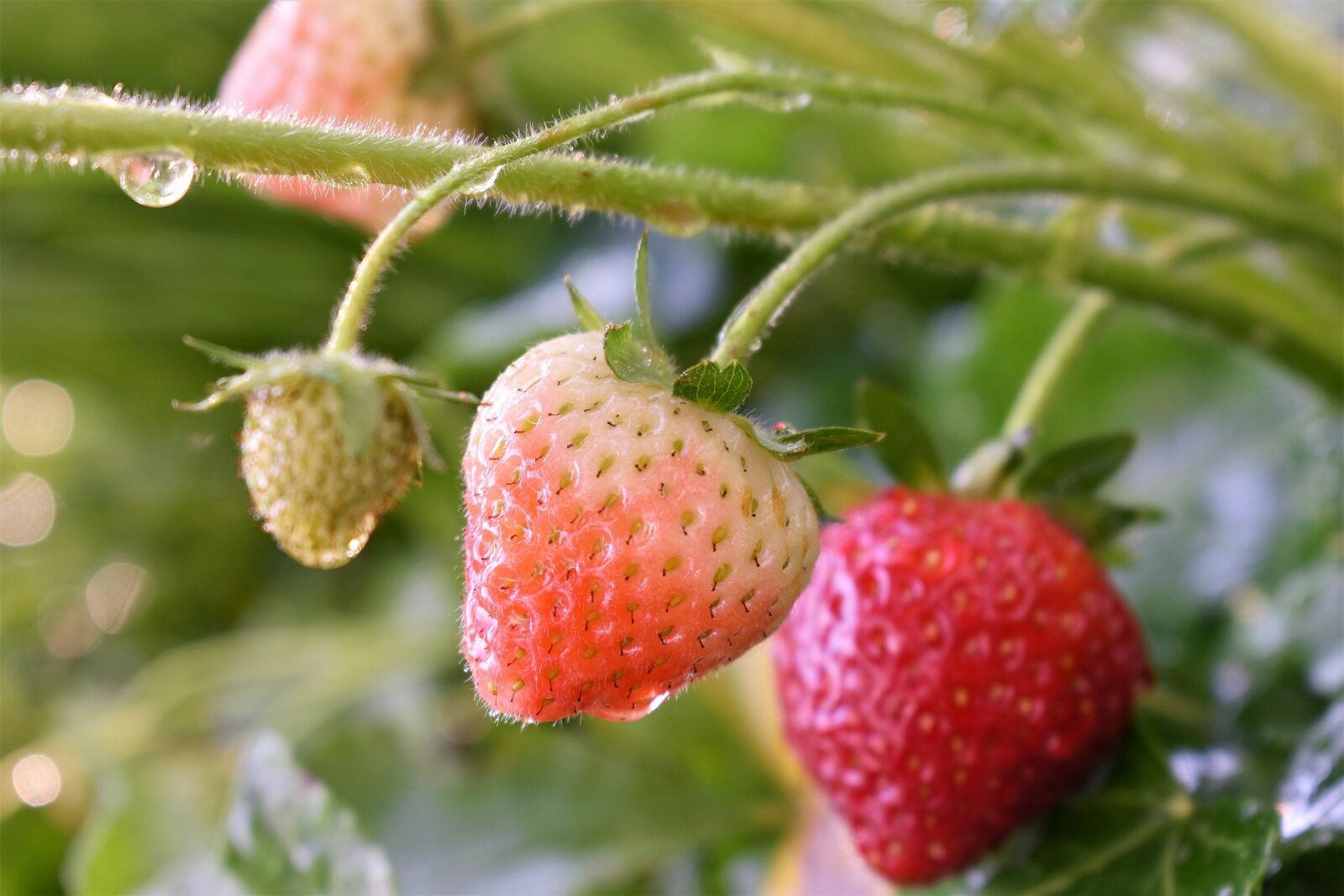
Fertilizing Strawberries: Home Remedies & Natural Fertilizers at a Glance
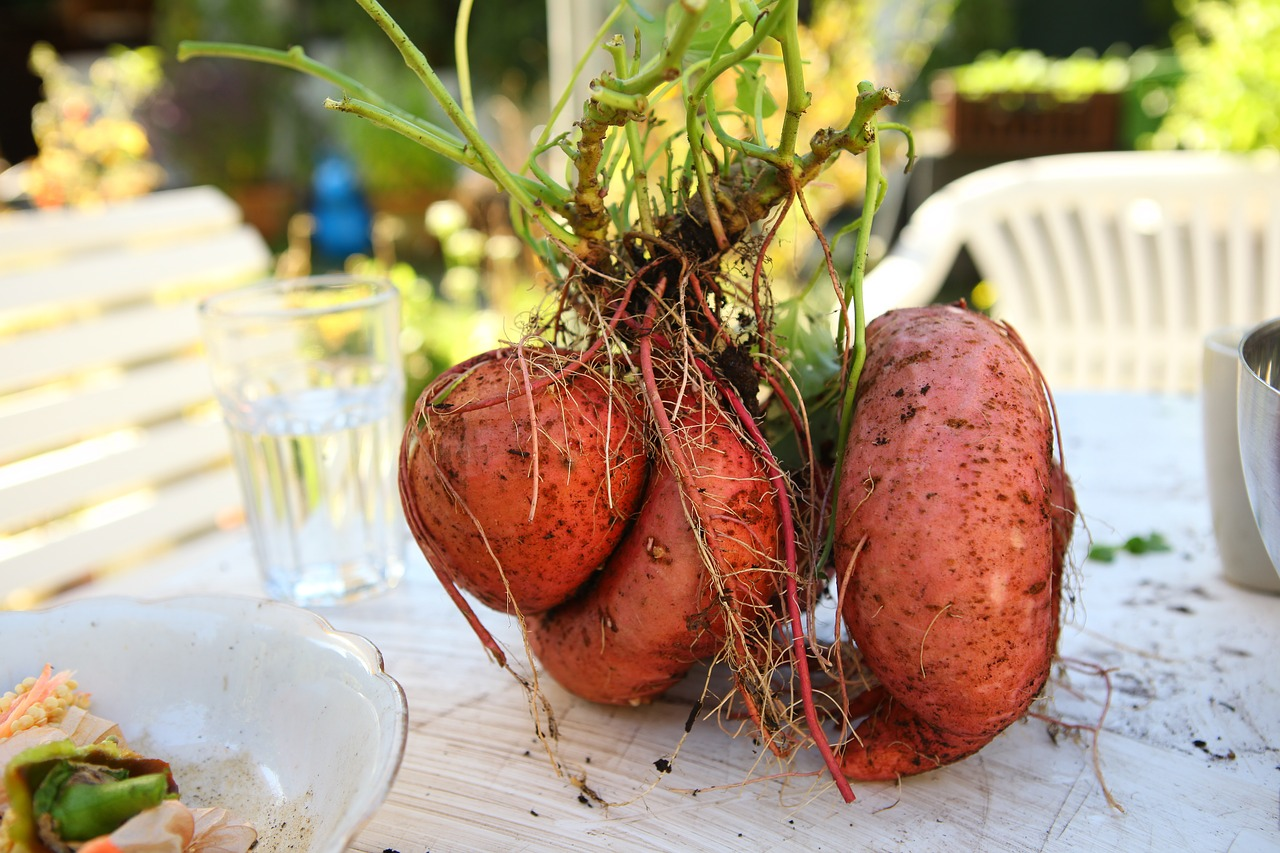
Growing Sweet Potatoes: Tips on Cultivation & Companion Plants
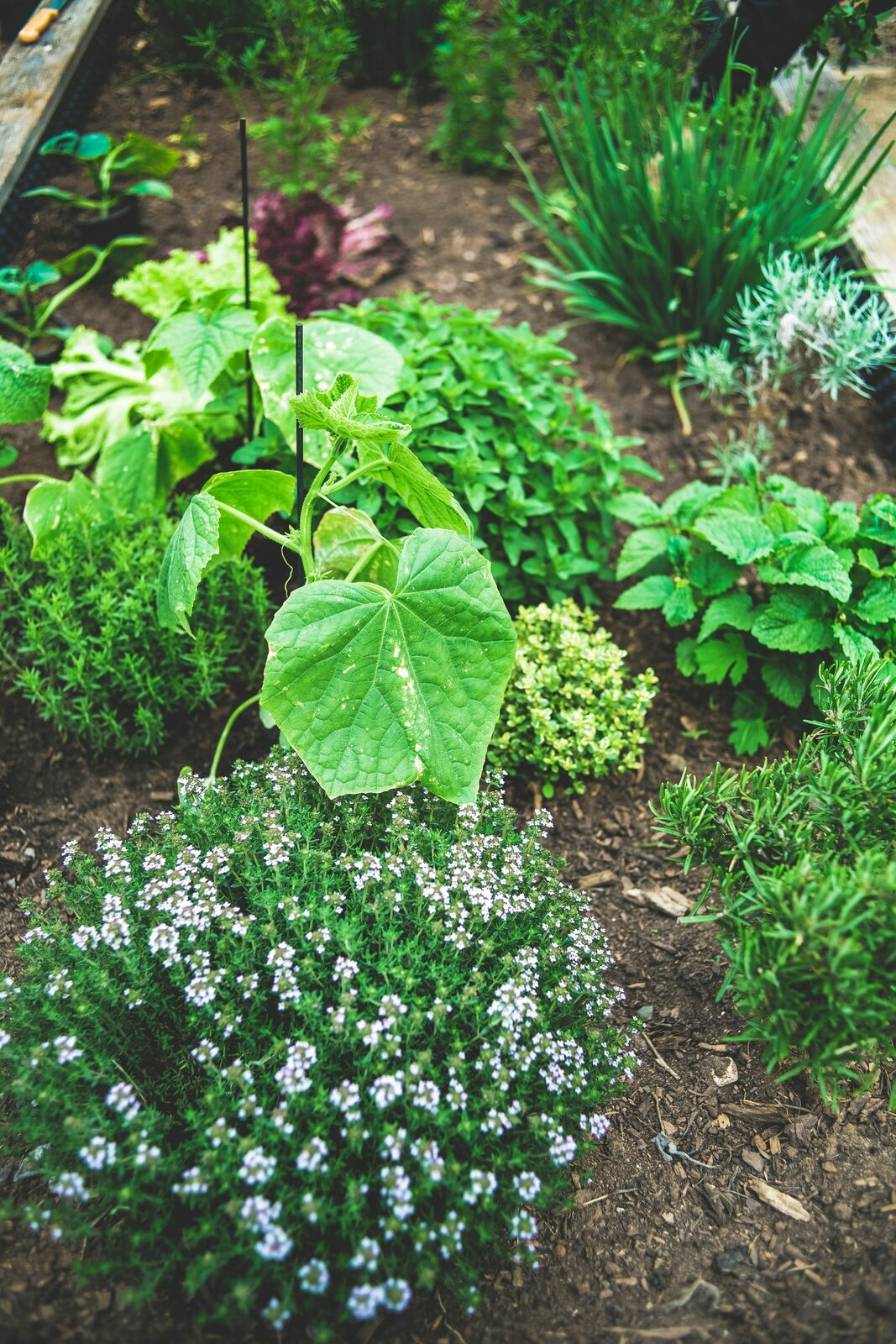
Companion Plants for Kitchen Herbs: Chives, Parsley & Co
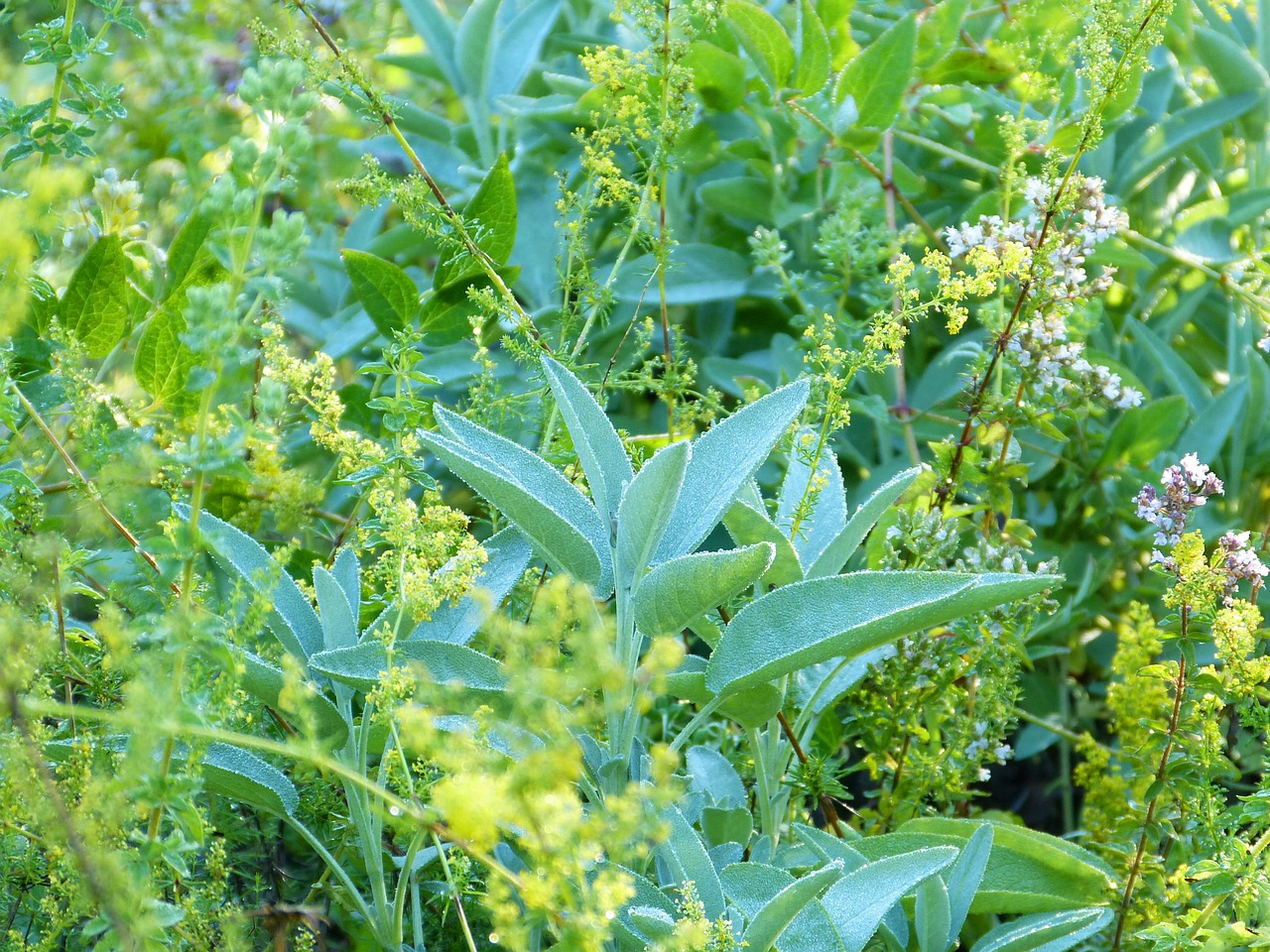
What Herbs Can Be Planted Together?
FAQ
A ladybug eats up to 150 aphids a day. Its larvae eat 400-800 aphids by the time they pupate. After hibernation, ladybugs are particularly hungry and clean up the garden.
Bats are also beneficial insects in the garden and eat nocturnal moths such as fruit tree moths, owl moths, moths and gnats.
Hedgehogs feed on snails, grubs, worms, caterpillars, mice and even small snakes. However, they are not averse to fruit such as strawberries and apples.
You should not drive shrews out of your garden, as they do not eat plants or cause any other gnawing damage. Instead, they eat snails, insects, mole crickets and larvae, which can be useful to you as a gardener.